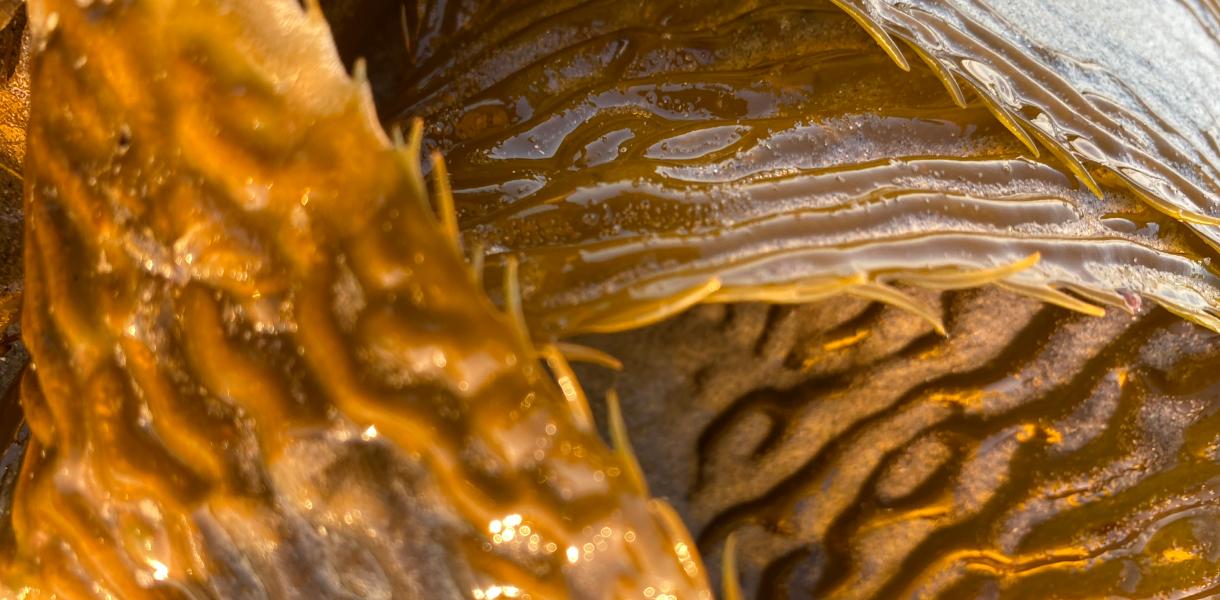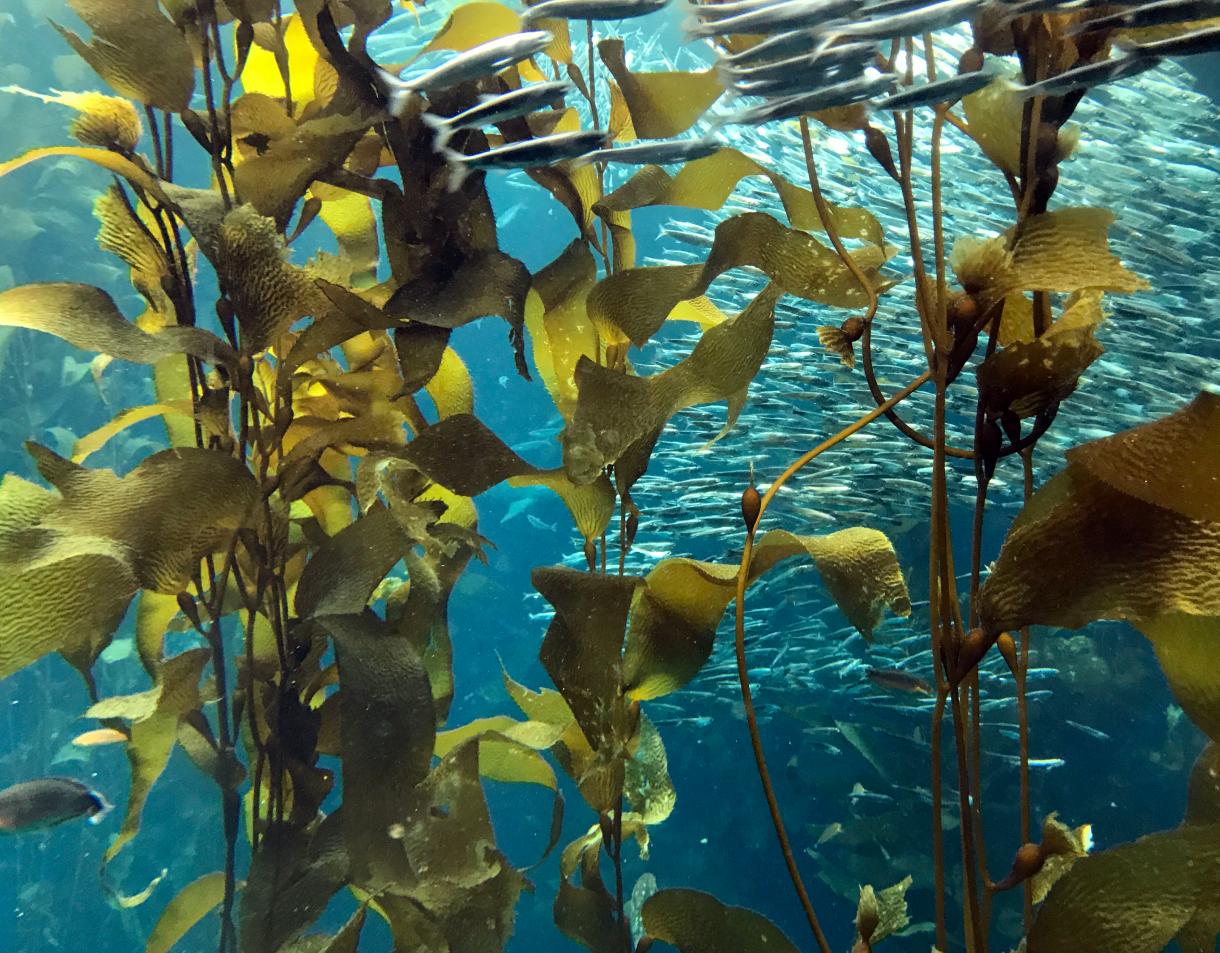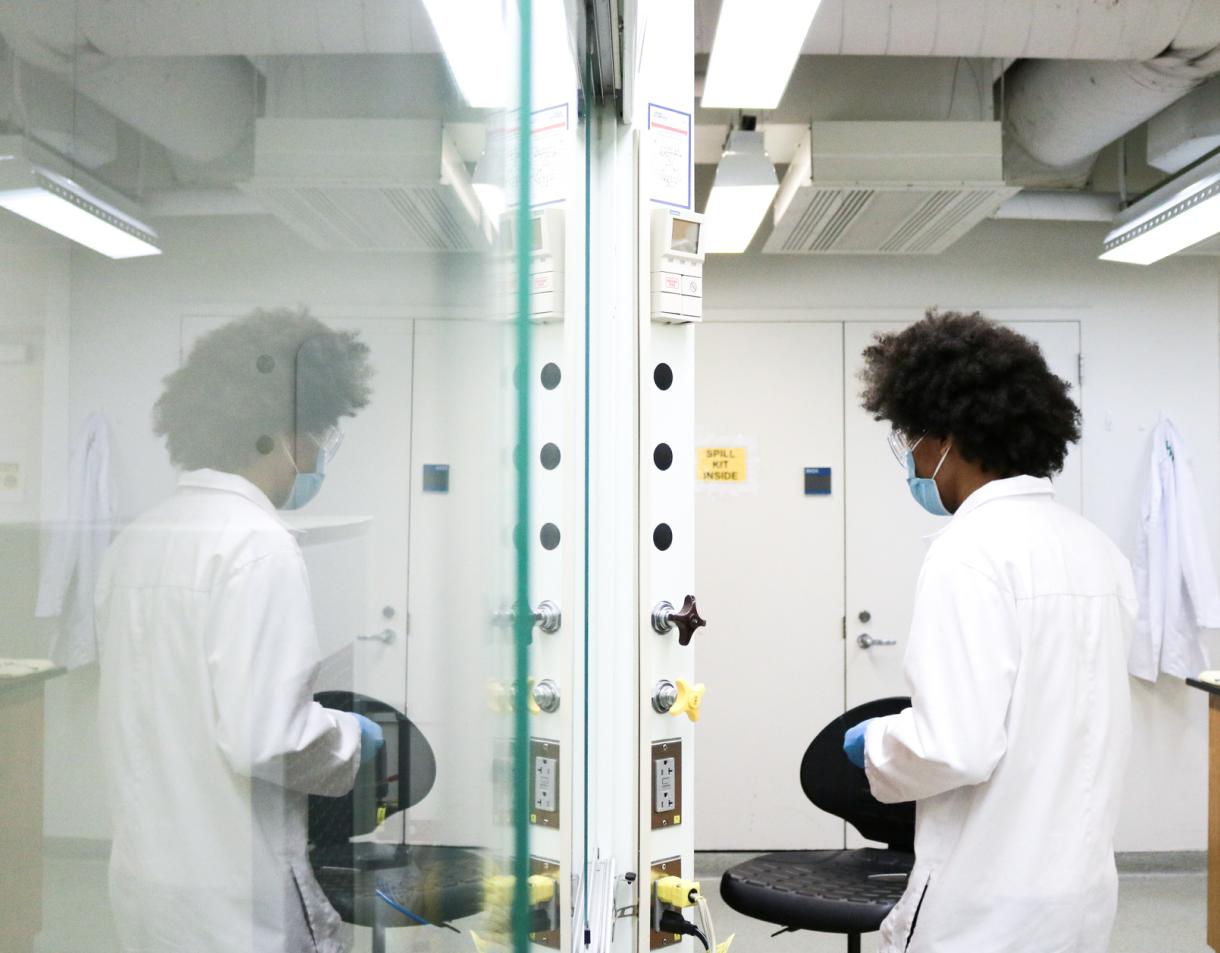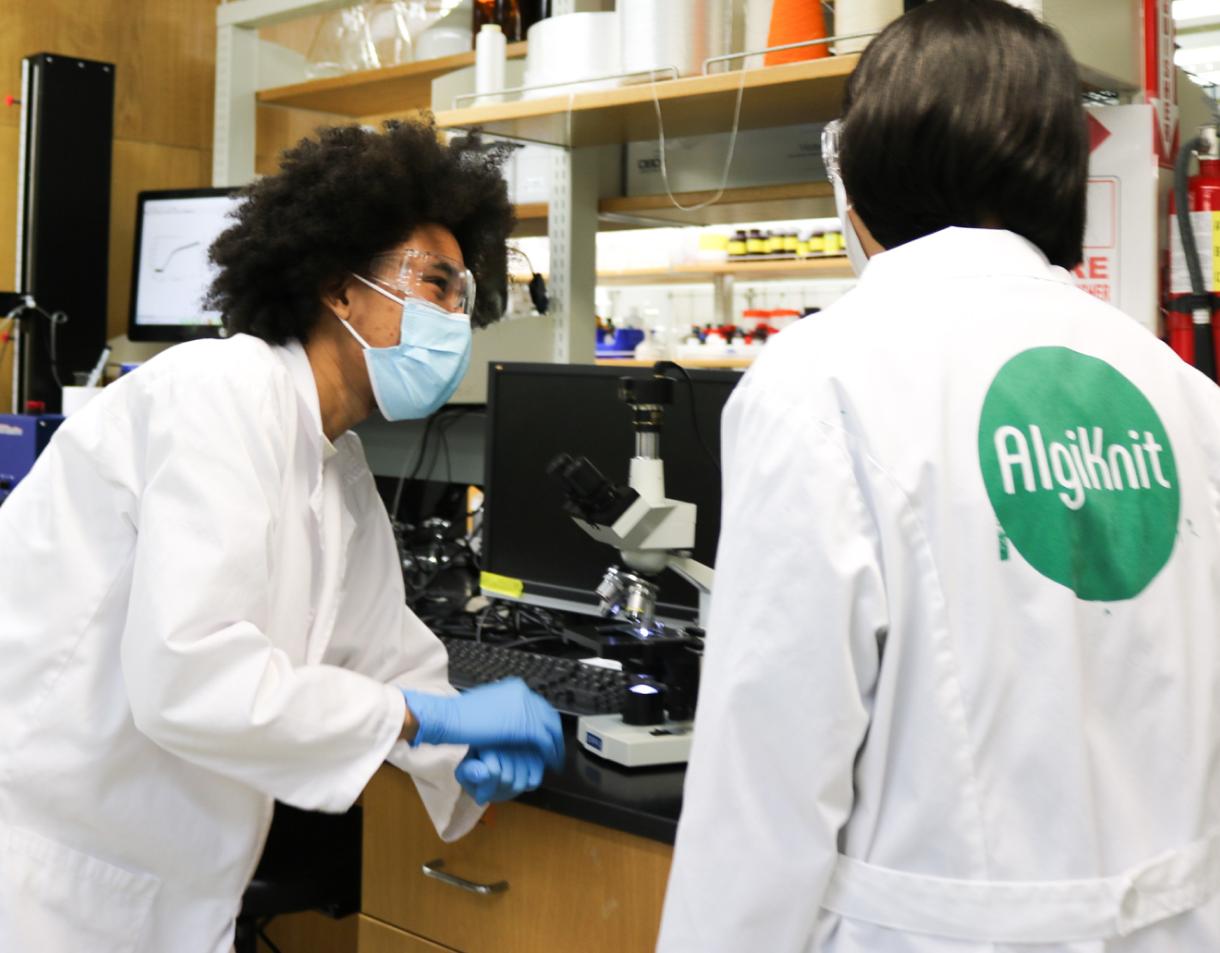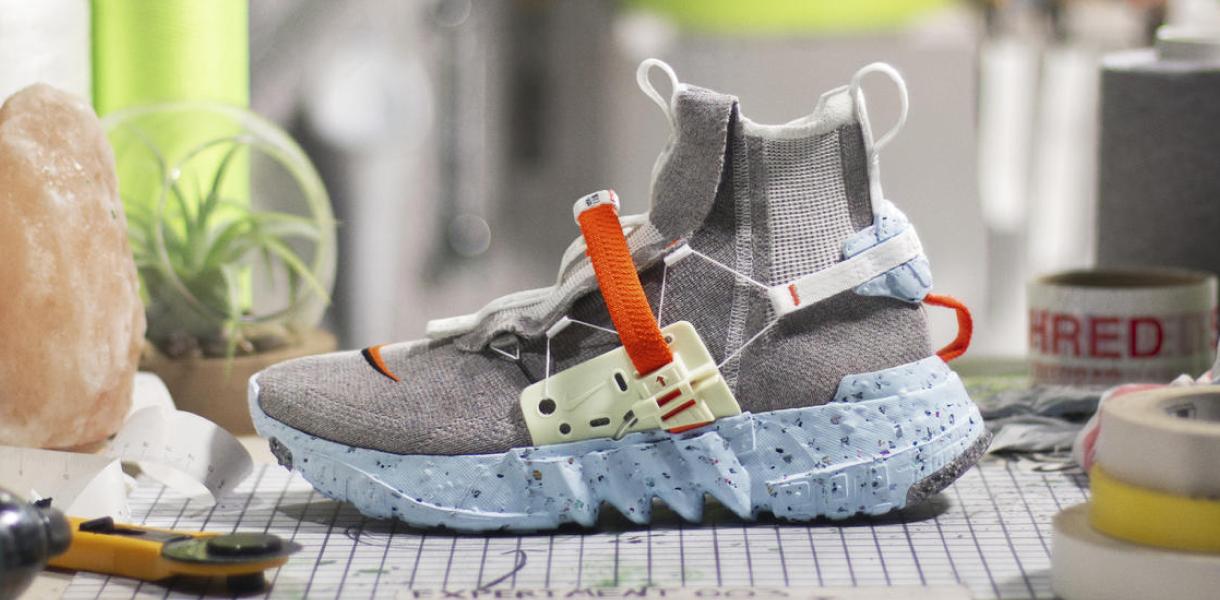What’s the design in a nutshell?
Algiknit creates renewable and sustainable yarns from kelp. Produced from one of the most regenerative organisms on the planet, the yarns do no environmental harm and offer a sustainable alternative to the toxic nature of artificial fibres.
Why is it needed?
Dare we remind the world once again of the dire impact the fashion industry has on our planet? On a global scale, we produce 13 million tonnes of textile waste each year, and more than 95% of that waste could be recycled.
The textile waste left unrecycled goes into our landfills and takes up to 200 years to decompose, reminding us that the fast fashion industry’s harm to the planet not only pertains to the production of clothing but its afterlife too. Thankfully, alternative textiles are moving from the “margins into the mainstream”, and Algiknit offers a regenerative, biodegradable and scalable option.
How does it work?
The use of kelp is key in Algiknit’s vision to offer a sustainable and scalable solution. Kelp has the potential to offset some of the environmental impacts of textile production since it purifies and alkalizes ocean waters, sequesters carbon and makes aquatic environments more habitable.
The process of making Algiknit yarn starts with powered seaweed made into a monofilament or multifilament; this is then spun into a coagulation bath. From there, yarn spinning commences, and the yarns are spun into cones. Textile construction can then begin to be knit and turned into garments.
"By 2026, with three years of commercial sales, AlgiKnit aims to capture upwards of 1 billion tonnes of CO2."
How does it improve life?
AlgiKnit’s kelp fibre production avoids using any harsh chemicals so that when the product is no longer needed, it can decompose and return to the environment as nutrients for the next generation of materials.
Furthermore, their solutions are oriented towards seamless integration into all parts of the value chain, fitting into existing production and processing facilities without building new infrastructure. Also, the yarn production process recycles the water needed throughout, significantly lowering the water usage and environmental damage.
What’s the impact to date or projected impact?
Algiknit is currently still making adjustments to their 100% AlgiKnit formulation. But so far, research shows that by producing the equivalent of one t-shirt, about 250g, AlgiKnit materials will capture about 92% of its weight, or 230g, in CO2 emissions. By 2026, with three years of commercial sales, AlgiKnit aims to capture upwards of one billion tonnes of CO2.
Over the last two years, the company has already been contacted by 250 brands from various industries, which makes it clear that access to yarns and textiles that aren’t just better but establish circular systems are rare.

